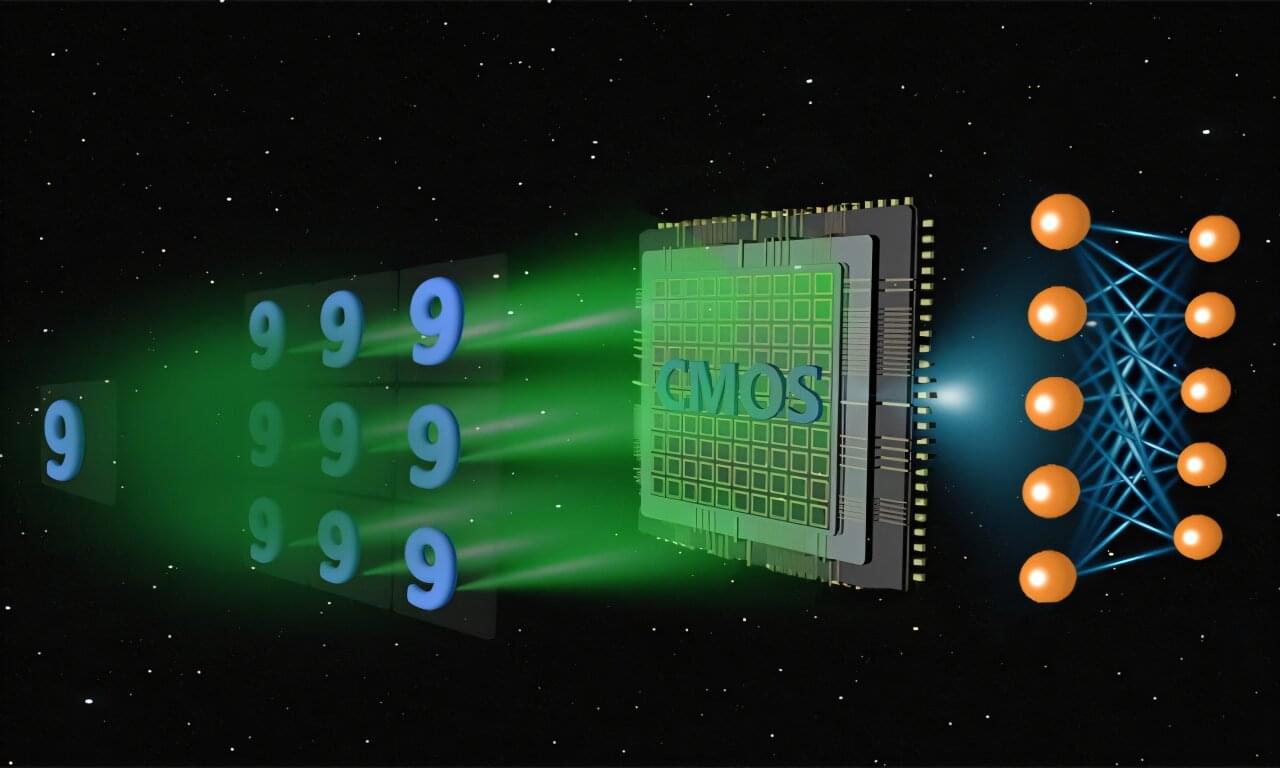For decades, scientists have looked to light as a way to speed up computing. Photonic neural networks—systems that use light instead of electricity to process information—promise faster speeds and lower energy use than traditional electronics.
But despite their potential, these systems have struggled to match the accuracy of digital neural networks. A key reason: most photonic systems still mimic the structure and training methods of digital models, introducing errors when translating from software to hardware.
Now, a research team from Northwestern Polytechnical University and Southeast University in China has developed a new kind of photonic neural network that breaks free from this digital imitation. Their design, published in Advanced Photonics Nexus, uses physical transformations of light to process information directly, without relying on mathematical models. This approach not only improves accuracy but also highlights a new direction for building smarter, faster AI hardware.
